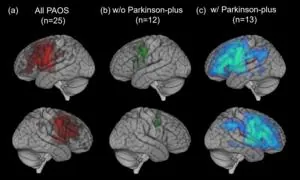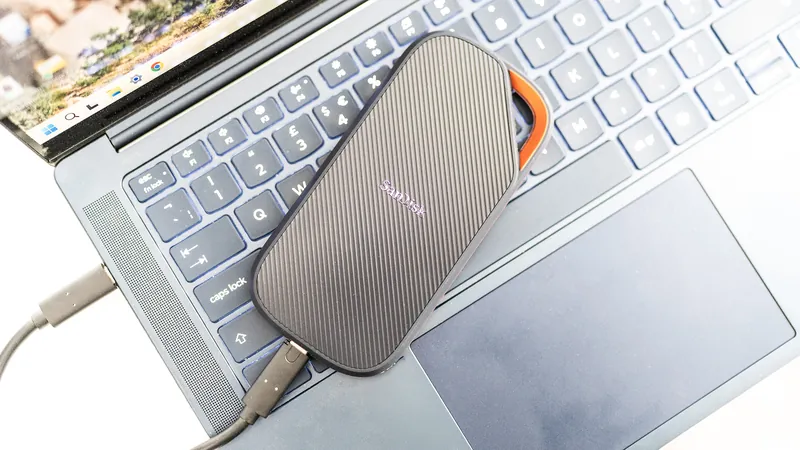
Groundbreaking PET Imaging Reveals Link Between Brain Inflammation and Speech Disorder
2025-06-23
Author: Jia
Revolutionary Findings in Brain Health
NEW ORLEANS (June 23, 2025) — A groundbreaking study using novel PET imaging techniques has uncovered distinctive patterns of brain inflammation in patients suffering from progressive apraxia of speech (PAOS), a rare neurodegenerative disorder that drastically affects speech planning. These revelations may pave the way for earlier diagnoses and more targeted treatments. This groundbreaking research was showcased at the Society of Nuclear Medicine and Molecular Imaging 2025 Annual Meeting.
What is Progressive Apraxia of Speech?
PAOS is a debilitating condition that impairs the brain's ability to effectively plan and coordinate speech. Patients experience a slower speaking rate, distorted sounds, and struggle with facial movements while trying to speak. As the disease progresses, many individuals develop Parkinson-plus syndromes, eventually aligning with conditions such as progressive supranuclear palsy or corticobasal syndrome, often displaying a 4-repeat tauopathy upon autopsy.
Unveiling the Mystery of Neuroinflammation
According to Ryota Satoh, an assistant professor at the Mayo Clinic, prior studies have documented significant brain atrophy and tau accumulation in brain areas crucial for speech and movement. However, the precise spatial patterns of neuroinflammation and their relation to Parkinson-plus syndromes had remained largely enigmatic. The current study sought to map these inflammation patterns and understand their connection to tau deposition.
Study Highlights and Methodology
The research included 25 PAOS patients, 13 of whom displayed Parkinson-plus features, alongside a control group of 30 healthy individuals. Each participant underwent 11C-ER176 TSPO PET scans to gauge brain inflammation and tau build-up, focusing on 84 brain regions to examine the relationship between these factors.
Startling Results
The 11C-ER176 TSPO PET scans indicated significantly higher brain inflammation in PAOS patients compared to healthy controls, predominantly in areas linked to movement and speech, such as the premotor cortex and basal ganglia. Patients who exhibited Parkinson-plus syndrome showed more extensive uptake patterns and stronger correlations, suggesting that severe neuroinflammation may be indicative of this additional syndrome.
Implications for Future Research
"These findings enhance our understanding of the neuroinflammatory processes in PAOS and highlight their potential as biomarkers for the disease," stated Satoh. The research results could greatly influence the development of neuroinflammatory PET techniques, which could lead to better diagnostics and treatments in the future.
Join the Conversation
For more insights from the Society of Nuclear Medicine and Molecular Imaging 2025 Annual Meeting, including all abstracts, visit their official website.



 Brasil (PT)
Brasil (PT)
 Canada (EN)
Canada (EN)
 Chile (ES)
Chile (ES)
 Česko (CS)
Česko (CS)
 대한민국 (KO)
대한민국 (KO)
 España (ES)
España (ES)
 France (FR)
France (FR)
 Hong Kong (EN)
Hong Kong (EN)
 Italia (IT)
Italia (IT)
 日本 (JA)
日本 (JA)
 Magyarország (HU)
Magyarország (HU)
 Norge (NO)
Norge (NO)
 Polska (PL)
Polska (PL)
 Schweiz (DE)
Schweiz (DE)
 Singapore (EN)
Singapore (EN)
 Sverige (SV)
Sverige (SV)
 Suomi (FI)
Suomi (FI)
 Türkiye (TR)
Türkiye (TR)
 الإمارات العربية المتحدة (AR)
الإمارات العربية المتحدة (AR)